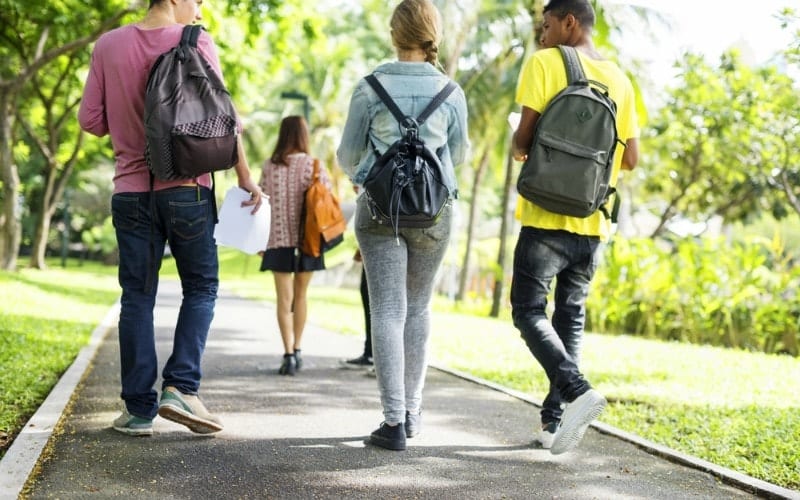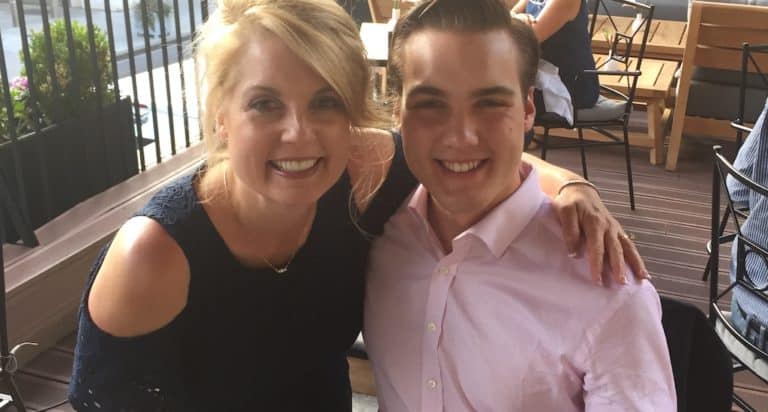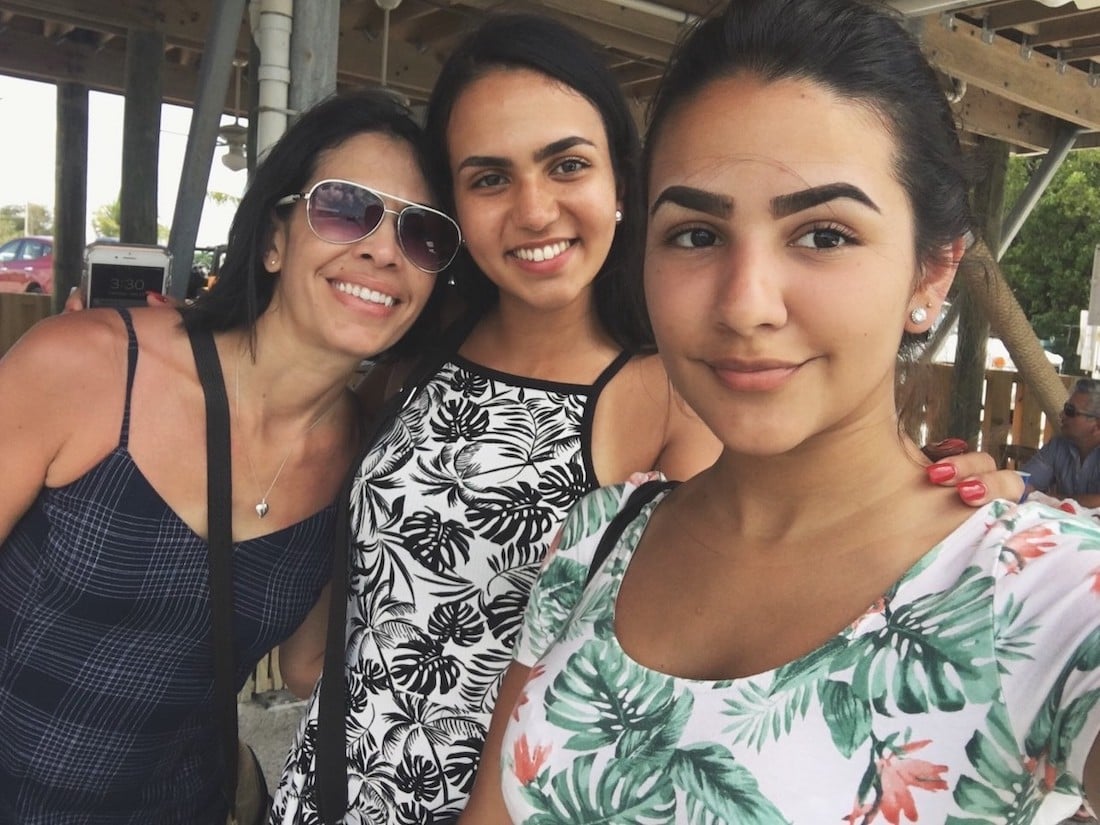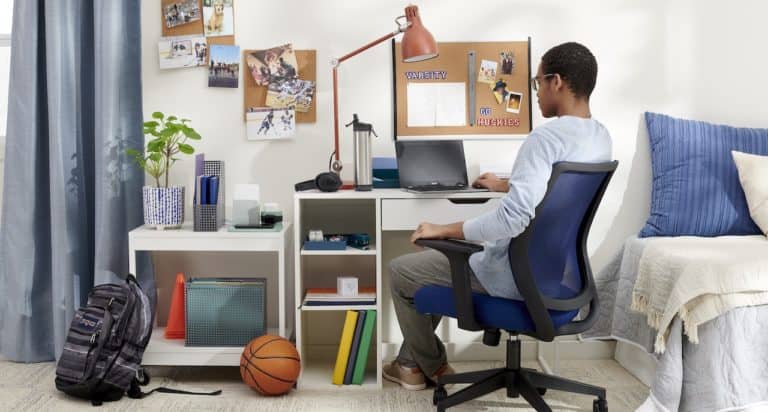The world seems to be falling apart just now thanks to coronavirus. And it probably doesn’t help that your kids seem to be falling apart, too. They just want to be with their friends. I know. I have one son in high-school and two in college. One of those college students, alas, was due to graduate in June.
When I told my boys that we would wait out the COVID-19 pandemic at our farm in rural New York State rather than our home in Brooklyn, and that we were leaving immediately, I got anguished howls from the two who were home: “But our friends!” It took several more days to get that college senior to leave his off-campus apartment and join us in seclusion.

All of them had been focused on the fact that the sudden, dramatic disruption of school and travel schedules would result in an unexpected, but potentially glorious, convergence of friends. That, of course, was not the point at all. It was the opposite of the point.
But I understood. I’ve spent the last few years reporting on the biology and evolution of friendship. What that new science tells us about adolescents explains the intensity of their wish to be with friends right now, even if it doesn’t make enforced separation any easier.
The power of friendship for teens
Friendship has real power for kids.
We’ve known for decades that the ability to make and keep even one close friend is vital to children’s well-being. What’s different today is that we understand at a more fundamental level why this is the case.
Across the lifespan, friendship turns out to be as important as diet and exercise for our health. And the capacity to build strong, positive bonds with others has been an important piece of our human evolutionary story (that’s true for other animals, too.) Individuals who can do it well tend to live healthier, longer lives. You could think of it as survival of the friendliest.
Early on, parents prime babies’ brains to be social, but friend-making kicks into high gear in middle-childhood and adolescence. The first years of school are about moving out of the orbit of the family and into a much wider web of relationships.
Friend groups expand considerably, and time spent with peers triples. Friendships are sparked when children engage in activities side by side and then they deepen when children have shared emotional experiences. In adolescence, friendships become more abstract and emotional. Play turns into hanging around. Sharing turns into helping.
All along the way, friendship is where kids learn about collaboration, reciprocity, loyalty and how to give support, not just receive it.
The intensity of feelings generated by friendship in adolescence, which officially runs from age 10 to 25, is by design. It encourages the developmental work that children and adolescents have to do.
On a related note, the sharp pain of loneliness—also felt keenly by teenagers—is a warning signal akin to thirst and hunger. It is our bodies and brains telling us they need social connection.
The Teenage Brain is a Work in Progress
In order to properly understand friendship in adolescence, it helps to understand the teenage brain and the dramatic changes in brain construction it undergoes. There is a burst of overproduction of neuronal connections as brain cells link with other brain cells, all of them ripe to learn and perfect new skills. That overproduction is followed by a pruning of connections that go unused.
During this time, different areas of the brain mature at different rates. The part of the brain that is responsible for judgment, planning and executive function continues to develop at a steady, if slow rate. But the limbic system, a critical area for emotion, races ahead. That results in a gap between thought and emotion, which drives much of adolescents’ pleasure-seeking, risk-taking and friend-obsessed behavior.

Peer Presence is Everything
We often talk about “peer pressure,” the sometimes subtle, sometimes overt urging by a teenager’s friends to try something or drink something or just have one hit. But that’s not necessarily what’s going on. Instead, adolescents are affected by the mere presence of friends. Having a friend in the room or the car activates the reward centers in the teen brain, no pressure required.
Whether or not the presence of friends is a positive or negative influence depends on the friends. It can go either way.
Adolescents’ social brains, the wiring diagram that fine-tunes responses to other people and to social acceptance and rejection, are also supremely sensitive. Teenagers are ever more aware of what other people are thinking and feeling.
At the same time, they are becoming more acutely self-conscious about their own place in the social world. It is a perfect neurobiological storm. As a result, quite literally, time with friends is more enjoyable in adolescence and social rejection hurts more than at any other time in life (not that it’s ever easy to bear).
Friends Can Calm Stress
There are plenty of positives to this intense awareness of friends. The phrase social buffering is a scientific term to describe the protective, positive effect one individual can have on another. It doesn’t just exist in people, but in other species, too, such as zebra fish and chimpanzees. In childhood, parents have the power to reduce levels of the stress-related hormone cortisol in their children’s brains.
But after puberty, parents no longer work that stress-easing magic—in effect, we move out of our kids’ hypothalamus. Guess who moves in? Friends. In one study of young adolescents, having a best friend present during an experience significantly buffered any negative feelings, lowered cortisol levels and boosted a sense of self-worth.
Socialize from a Distance
This global pandemic is nothing if not stressful. It’s the kind of time when friendship would normally shine. A willingness to help, especially in times of crisis, is one of the most essential characteristics of a good friend. Happily, for all of us, what’s really necessary now is physical not social distancing. We all, not just teenagers, need our friends more than ever.
In this, the children are setting a good example. The creative results of their determination to see each other are inspiring. They are talking to each other from opposite sides of the street, calling out over the tarmac. They are carrying around tape measures to keep track of safe distances. They are lined up in separate cars like at an old-fashioned drive-in, except that they are making the entertainment themselves.
They are using their native tech savvy to make the very most of digital forms of communication. One California high school chorus posted a truly impressive a capella performance recorded from their separate homes.
Speaking of social media, our adolescents’ extraordinary efforts to hang out with their friends in some kind of physical proximity should be evidence that friendship—real friendship—is alive and well among teenagers and that social media has not, in fact, killed off their ability or desire to interact in person.
Going forward, we parents must continue to enforce the rules for as long as necessary. But we should make virtual hangouts as easy as possible for our kids. We should let them observe the six-feet-away rule in the outdoors. And we should also commiserate.
When our teenagers tell us how desperately they miss hanging out with their friends, they have the weight of evolutionary biology and neuroscience on their side.
More to Read:
I Lean on My Friends for Support. Here’s Why I Taught My Daughter to do the Same
I Vow to Respond to the Coronavirus by Encouraging and Supporting Others









